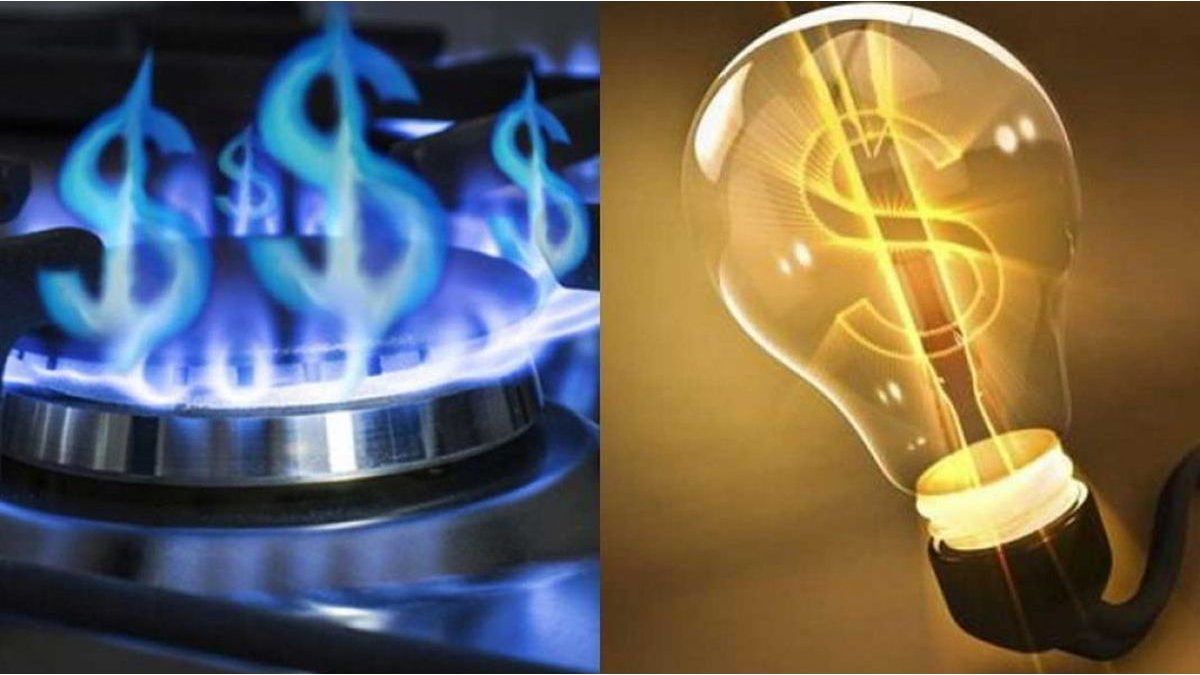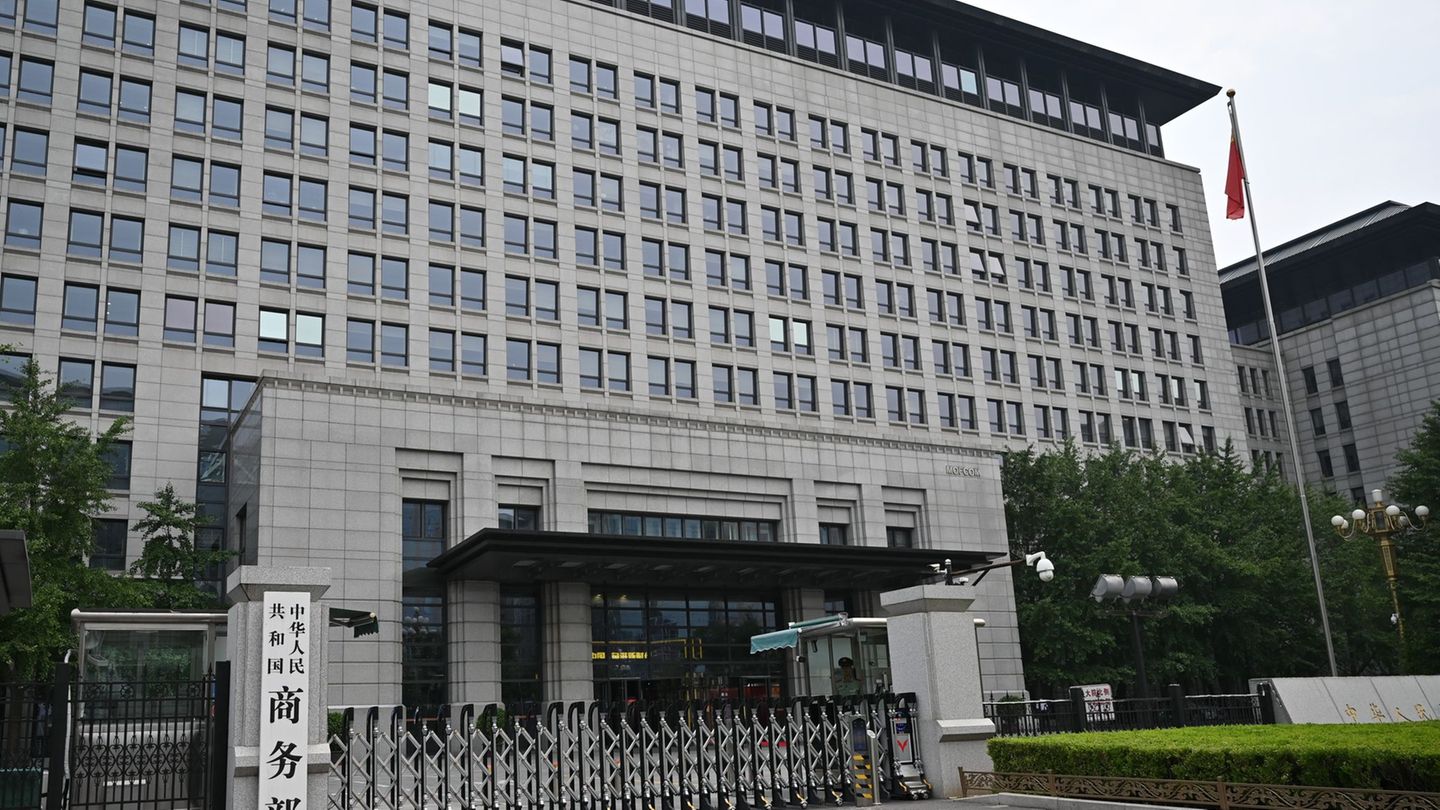The main economic subsidies to the water, energy and transportation sectors had an accumulated annual growth of 79.7% in October, compared to the same period of the previous year, but if inflation is taken into account, it is observed that They fell 16.6% in real terms.
This is clear from the monthly work carried out by the Observatory of rates and subsidies IIEP-UBA-CONICET. Until October, an execution of 80% of the current credit for the entire year is accumulated.
Energy sector
The nominal growth of the main subsidies is led by the energy sector, given that represents 76% of the subsidies. In absolute terms, it is the item with largest nominal increase ($993,636 million) which explains 73% of the increase in accumulated transfers during the year.
However, beyond the mass of subsidies represented by the energy sector, if inflation is taken into account, it is observed that there was a drop in 2023, the first year that the segmentation of electricity and gas rates will govern, and with new Infrastructure works.
Energy subsidies amounted to $2,345,966 million in the January-October period. In the same period of 2022 they had been $1,352,331 million. This means a decrease in real terms of 19.4%.
The biggest drop in real terms occurred in the transfers to Cammesa (-36.6%). This is the public-private management company that operates the wholesale electricity market. In the accumulated 2023, transfers amount to $1,308,054 million.
According to Julián Rojo, economist at IAE Mosconi and IIEP-UBA, this occurs for two reasons: on the one hand, due to the segmentation of rates, which implies that users called N1, with industries and businesses, pay 100%. of the cost of generation. On the other hand, due to the flattening of costs, which are mostly in dollars and did not follow the same dynamics as inflation. Costs were flattened by less imported gas, which has a high price because it is brought in LNG vessels, and by a greater amount of water available for hydroelectric generation, which has more competitive prices. Therefore, with a tariff update through, subsidies to Cammesa were falling, Rojo reported.
Where did they register? increases in subsidies in real terms was in the state company Energía Argentina (Enarsa): In the accumulated amount of the year they were $884,682 million, a real increase of 24.6% compared to the same period in 2022. This was mainly due to the purchase of LNG ships, as detailed in the work of the IIEP.
Another of the increases in subsidies was in the Gas.Ar Planwhich are incentives for the production of natural gas: transfers have accumulated $93,185 million so far this year, an increase of 73.1% in real terms.
Despite the reduction in energy subsidies, both the AMBA’s average natural gas electricity bill has been reduced in real terms since December 2019. “It is expected that in the absence of new increases, the average final bill for energy services will decrease. reduce in real terms towards the end of the year due to inflationary dynamics,” the report adds.
The reason why subsidies fall at the same time as rates (in real terms) is explained by the flattening of costs, but also because today there are a third of households that pay the full cost of energy. “The costs do not respond exclusively to inflation and the real rates are adjusted for inflation. The rates were updated, but inflation is so high that it liquefies you every month,” explained Rojo, an expert in energy issues. In parallel, the inflation-adjusted rates fall because middle and low-income users (N3 and N2) were not updated.
Budget 2024
The work carried out by the IIEP puts the spotlight on the subsidies projected for 2024 in the budget bill that was sent to Congress. The project includes credits to meet subsidies for a total of $5 billion, a real reduction of 65% annually given official inflation projections (CPI growing 69.5% annually). In any case, the report clarifies that market expectations surveyed by the BCRA amount to 135% annually.
Credits for energy subsidies will continue to explain the dynamics of total subsidies, with a weight of 71% in total transfers. In this sense, a real growth of 24% is projected, explained by an increase in electricity subsidies to (CAMMESA) of 61%, while natural gas subsidies (Plan Gas.Ar) are assigned 78% more. of credit with respect to 2023.
Energy subsidies are budgeted at 1% of GDP, while transportation would represent 0.4% of the product. That is, a reduction in energy and transportation subsidies of 70% and 33% respectively is projected in terms of GDP compared to 2023. This cut of 0.9% of GDP in total subsidies will be mainly explained by a drop in electricity generation costs and lower gas imports and “to a lesser extent by tariff increases.”explains the work.
By segment, it is observed that the case of water will be very different: it is projected that drinking water subsidies to AYSA will have a very significant reduction, of 93%, which implies their virtual elimination, the work details.
Two indicators used to measure the magnitude of the weight of subsidies in public accounts (relationship with primary deficit and expenditure) indicate that The weight of subsidies in 2024 would be below the historical average, details the IIEP report. In 2024, subsidies are budgeted that will represent 89% of the projected primary fiscal deficit and 8% of the projected primary expenses, in the latter case returning to 2019 levels. In any case, the work clarifies: “Possible budget expansions may modify these parameters”.
Source: Ambito




